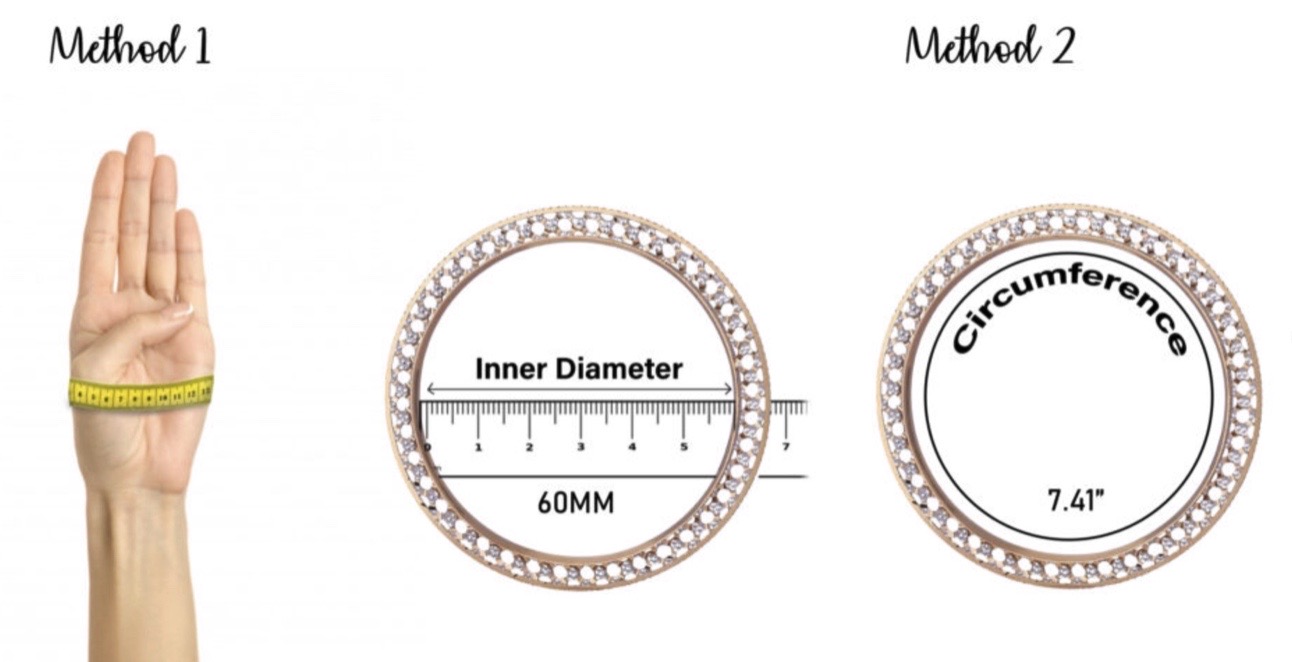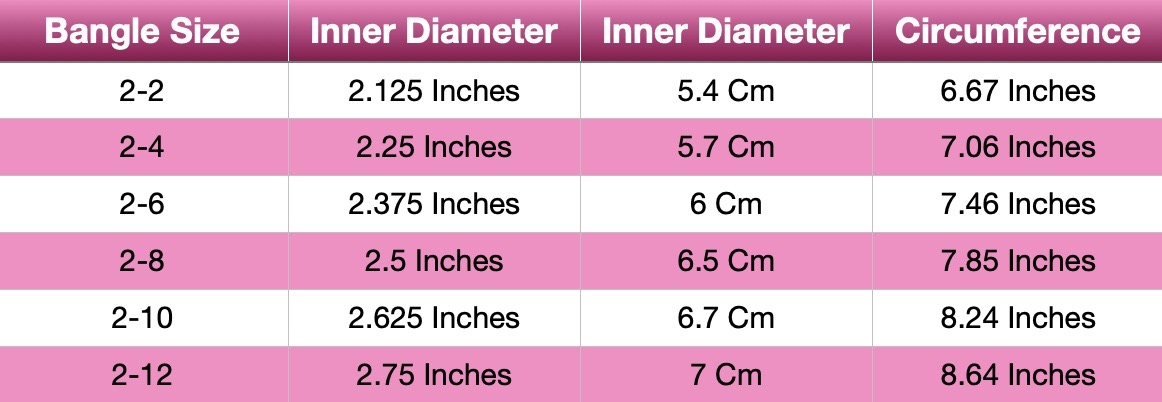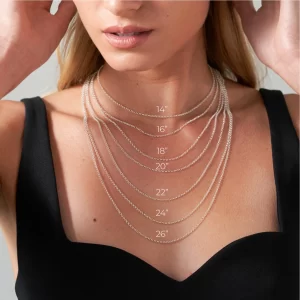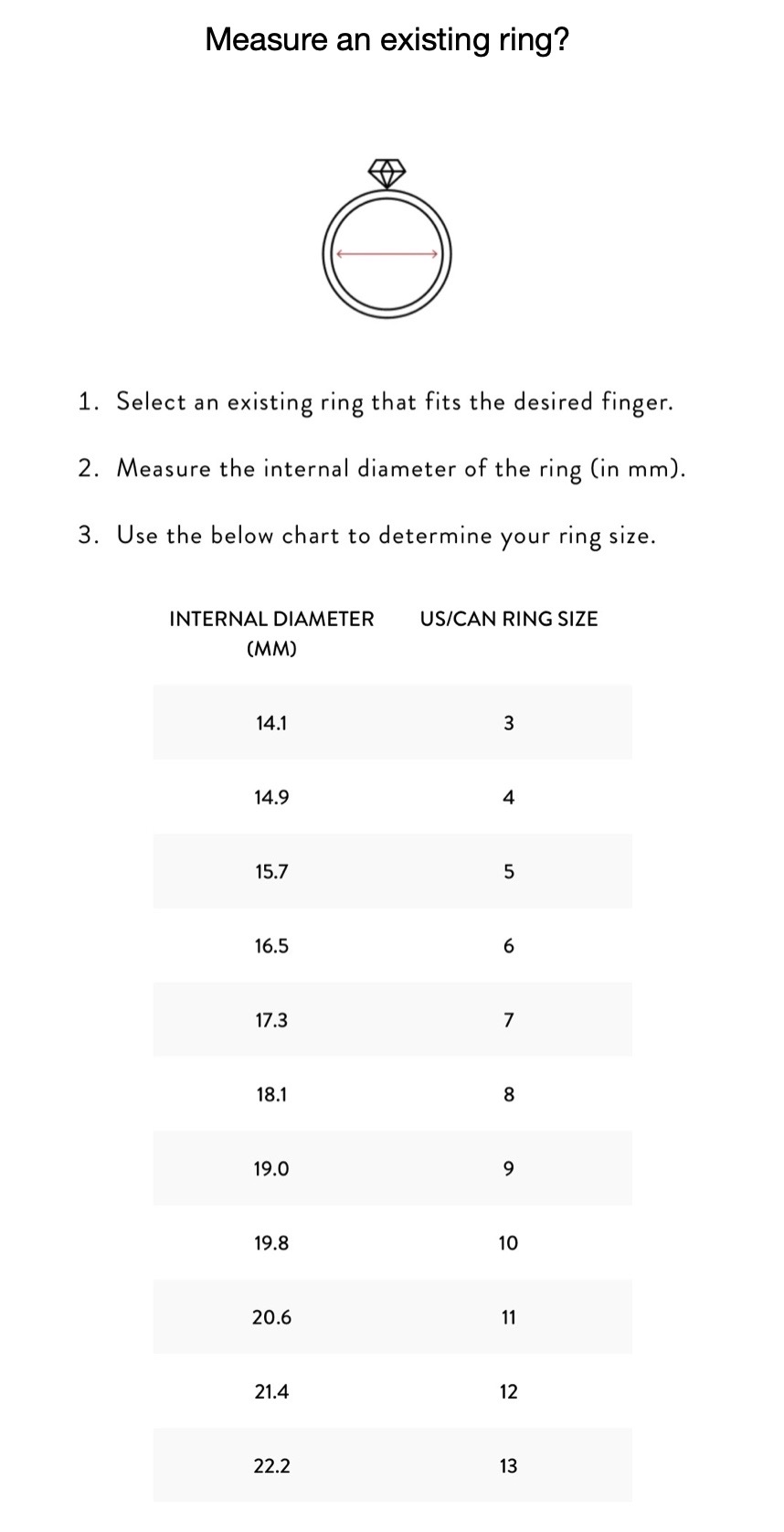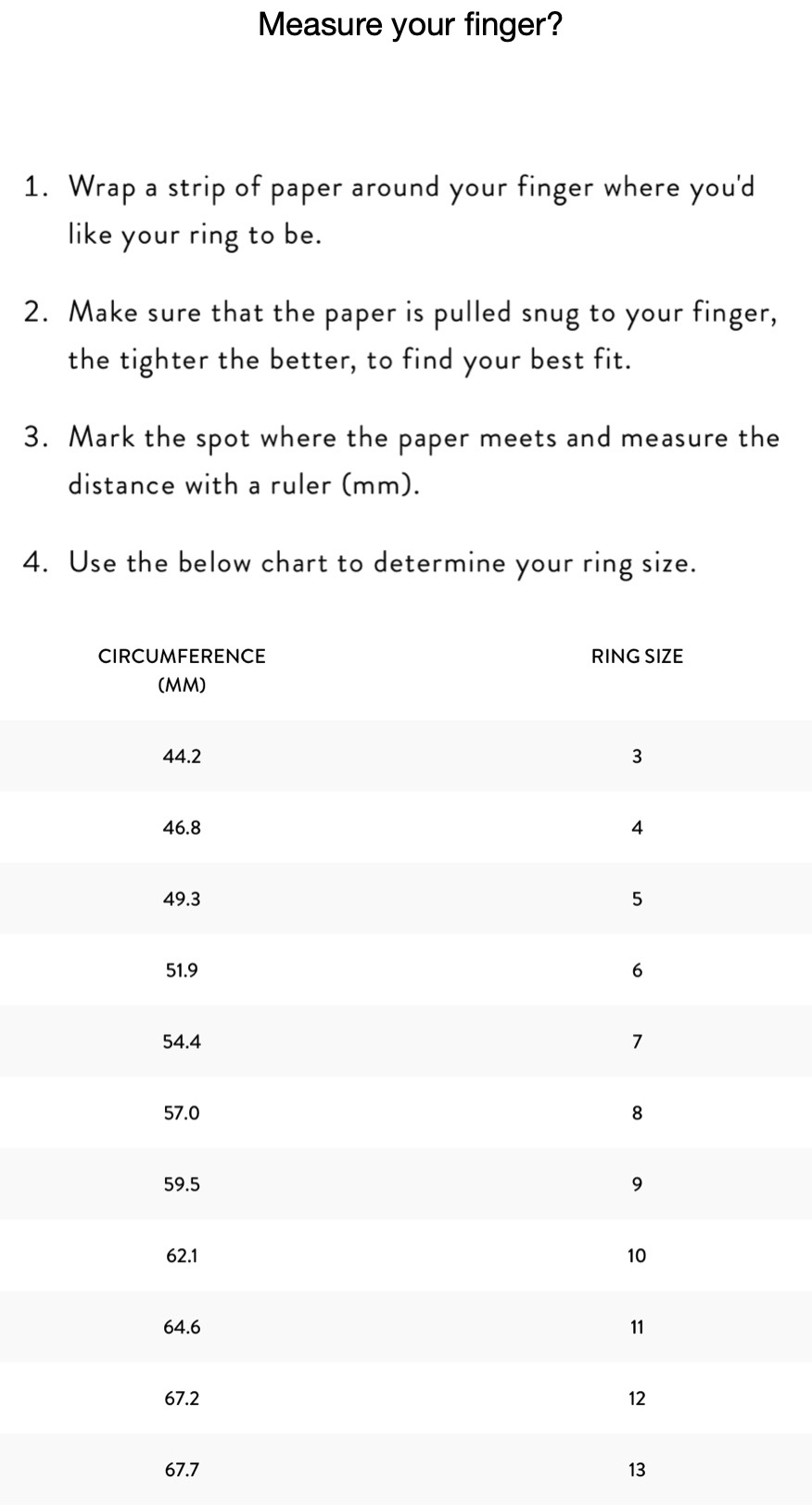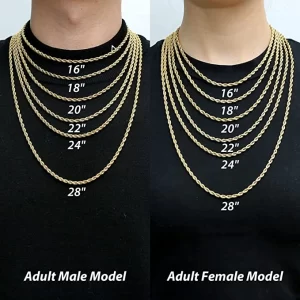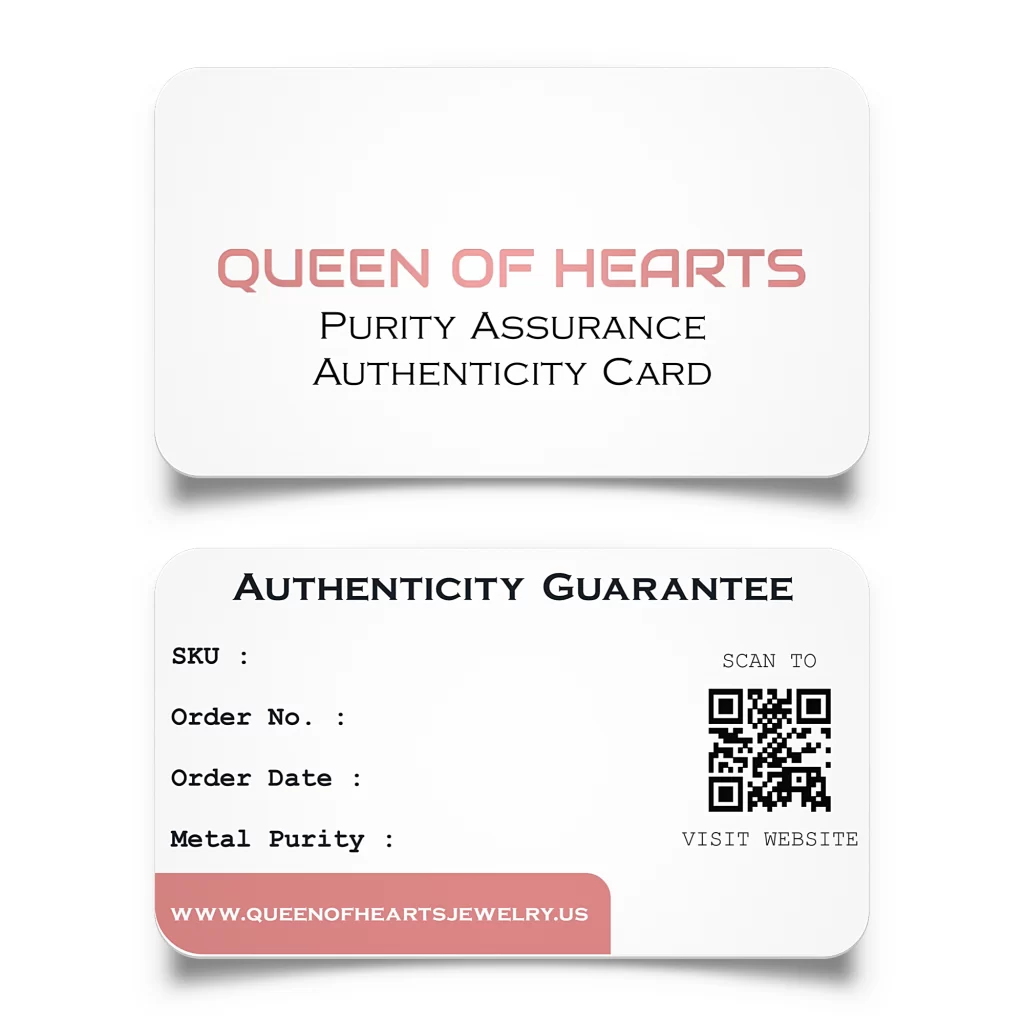How long to wait to change earrings after piercing?
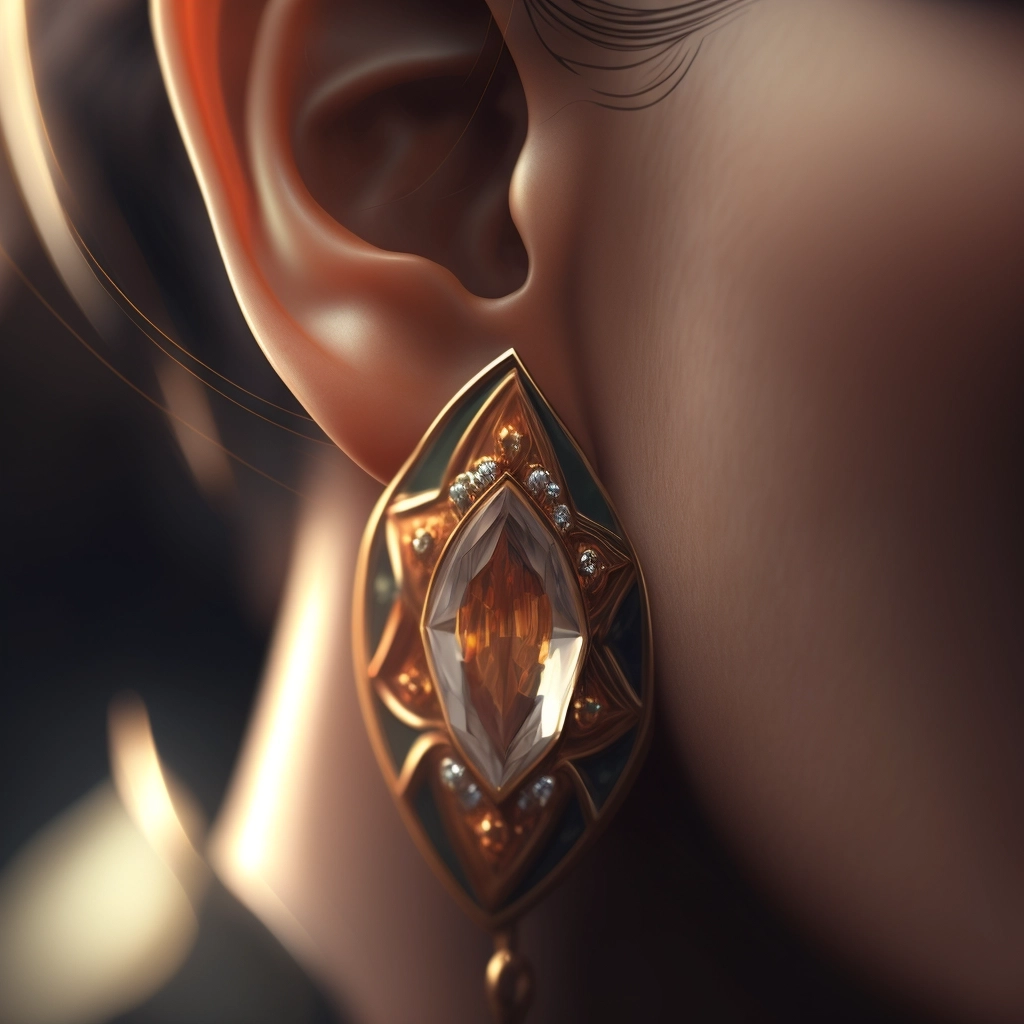
Getting your ears pierced is an exciting time for anyone, whether you’re a child or an adult. However, there are a number of rules to follow after a piercing to ensure that you avoid any infections or pain, and to ensure that the piercing heals fully and doesn’t close up.
One key rule to follow is to not change your earrings right away following your piercing, but just how long exactly do you have to wait? In this blog, we’re going to answer this question and provide you with some important post-piercing etiquette to follow. Let’s take a look!
HOW LONG TO WAIT TO CHANGE EARRINGS AFTER PIERCING?
Once you’ve had your earlobes pierced, we’d recommend waiting at least 6 weeks before changing to a new pair of earrings. This will prevent the piercing from closing, and will also help you avoid any unwanted infections or bacteria. Don’t forget that a piercing is essentially a wound, and does tend to be vulnerable to infection in the first few weeks. Changing your piercing too soon can expose the wound to harmful bacteria, and you could end up with an infected piercing.
When it comes to a cartilage piercing, you’re going to want to wait at least 12 weeks before changing your earrings. Cartilage piercings tend to take longer to heal, and this is due to the fact that the piercing goes through the cartilage itself rather than soft tissue.
That said, we’d always recommend following your instinct and waiting a little longer if you feel it to be necessary. You can wait for 6 months to change a cartilage piercing if you believe that it hasn’t yet fully healed.
HOW TO LOOK AFTER YOUR EAR PIERCING
Aftercare is an important component of any piercing, so here’s an aftercare routine that we’d recommend for freshly pierced ears:
CHOOSE A TRUSTED PIERCER
While this doesn’t technically fall under the category of ‘aftercare’, it’s still an important point to keep in mind. Never perform your ear piercing yourself at home, and always opt for a trusted jeweler to carry it out for you. Amateur ear piercings can be incredibly painful and dangerous, making you vulnerable to infection or scarring.
CLEAN THE PIERCED AREA DAILY
To prevent any gunk build-up, and to ensure that you keep the piercing clean and free from infection, it’s a good idea to clean the pierced area daily using a gentle soap and warm water. You do also have the option of using an alcohol-based solution to keep germs and infections at bay, but a traditional soap should also do the job efficiently.
AVOID SWIMMING
For at least 24-48 hours following your ear piercing, we’d recommend avoiding swimming. Ideally, you should wait until your piercing has fully healed before going for a swim, but we understand that school or competitive obligations can make this complicated.
CHANGE YOUR EARRINGS SAFELY
Once you’ve waited at least 6 weeks (or 12 weeks for a cartilage piercing) you can change your earrings to a pair of your choosing. Before removing your initial earrings, clean the area with soap or an alcohol solution, and clean your new earrings before wearing them. Make sure to maintain a regular cleaning routine for all your earrings going forward to prevent infection, and to keep your jewelry in tip-top condition.
WHAT HAPPENS IF YOU CHANGE A PIERCING TOO EARLY?
Changing a piercing too early can result in the piercing closing up, making it impossible for you to wear a pair of earrings. You may also have to wait a while before being able to pierce your ears again.
In addition to this, changing your piercing too early can also make you vulnerable to infection. Not only is this unpleasant to deal with, but it can again mean an additional delay; you’ll have to wait for the infection to clear up and the wound to heal before being able to get your ears pierced again.
CHOOSING EARRINGS FOR PIERCED EARS
When it comes to choosing a pair of earrings for newly pierced ears, we’d always recommend opting for skin-safe, hypoallergenic metals, such as 22 carat gold earrings. 22 carat gold earrings offer the perfect blend of quality and durability, and are 100% safe for both new piercings and sensitive skin.

